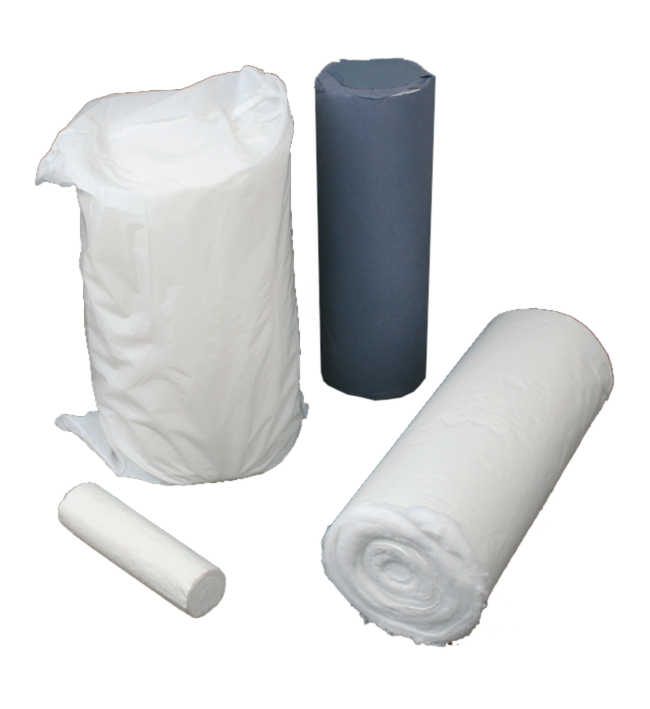
Absorbent Cotton Wool Roll
Absorbent Cotton Wool Roll is used for surgical dressings, cosmetic purposes etc. It is mainly used for medical purposes in hospitals, dispensaries and nursing homes to absorb the body fluids.
There are two main types of absorbent cotton wool roll: medical grade and non-medical grade. Medical grade absorbent cotton wool roll is made of 100% pure cotton and is used for surgical procedures, wound care, and other medical applications. Non-medical grade absorbent cotton wool roll is made of a blend of natural and synthetic fibers and is used for general purpose cleaning and Absorbent Cotton Wool Roll Market: Global Industry Analysis And Forecasting. Absorbent cotton wool roll is available in various grades depending on the intended use. The most common grades are fine, medium, and coarse. Fine grade absorbent cotton wool roll is used for delicate tasks such as cleaning wounds or applying makeup. Medium grade absorbent cotton wool roll is versatile and can be used for a variety of tasks such as cleaning surfaces or Absorbent Cotton Wool Roll Market: Global Industry Analysis And Forecasting. Coarse grade absorbent cotton wool roll is typically used for heavy-duty tasks such as Absorbent Cotton Wool Roll Market: Global Industry Analysis And Forecasting. In addition to the different grades, there are also various sizes of absorbent cotton wool roll available. The most common sizes are 2 ply and 4 ply. 2 ply absorbent cotton wool roll is thinner and lessabsorbent than 4 ply Absorbent Cotton Wool Roll Market: Global Industry Analysis And Forecasting. 4 ply absorbent cotton wool roll is thicker and moreabsorbent than
Absorbent cotton wool roll is one of the most versatile products in the medical and first aid industry. It has a wide range of uses, from stopping bleeding to cleaning wounds. Some of the most common uses for absorbent cotton wool roll are:
- To apply pressure to a wound and stop bleeding
- To clean a wound
- To apply ointments or creams to a wound
- To protect a wound from infection
- To cover a wound
Absorbent cotton wool roll is an essential product for anyone who works in the medical or first aid industry. It is also a useful product to have at home for minor cuts and grazes.